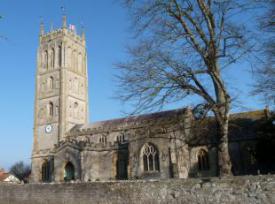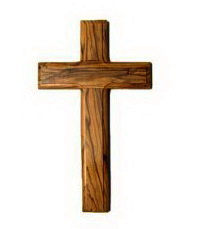
St Mary's Church, Westonzoyland


St Mary's Church, Westonzoyland


St Mary's Church, Westonzoyland
History
A thousand years ago the Somerset levels was a swampy peat marsh with several Islands. One of these Island areas became known as Sowey or Zoy. Glastonbury Abbey owned Sowey by the early 8th century according to two charters of King Ine dated 725, which described two large areas of land at Sowey and a Church there. Glastonbury Abbey gradually drained the peat marsh and developed the area into the “island” parishes of Weston Zoyland (the western zoy), Middlezoy and Othery. Middlezoy was the “mother” church until towards the end of the 13th century.
Around the end of that century Weston achieved its independence, largely because of land reclamation and population growth. The area became very prosperous and Weston was granted the right to have a weekly market every Tuesday and a fair every year on the day and day after the feast of the Beheading of St John the Baptist (28th to 30th August).
There was a church on Weston Island by 1189, one of seven then placed in the immediate jurisdiction of Glastonbury Abbey. It was the mother church of Sowey Island with chapels at Middlezoy and Othery. However the date of the first building on the site of St Mary’s church is not known, but there was certainly a chapel there in 1268 when the Abbot of Glastonbury agreed to repair and maintain its chancel. The effigy of the priest in the north transept, dated to about 1300, is the oldest recognisable part of the fabric.
The current church seems to be a rebuilding of the late 15th century and early 16th century, both because of its style and because of the initials RB for Richard Bere Abbot of Glastonbury 1493 – 1524. There is a bench end still in regular use clearly carved with the initials RB.
The church of St Mary’s was surrounded by the events of 6th July 1685 when the Battle of Sedgemoor was enacted, reputedly the last significant battle on English soil. More of the churches reluctant involvement will be found below.
Major improvements to the fabric of the church were made in the 17th, mid 18th and 19th centuries. The tower was partially restored in 1907-8. A national appeal led to the restoration and refurbishment of the whole church from 1933. A rood screen was installed with a rood organ case and seating. The rood-stair tower was built. Chapels were created in the transepts, and heraldic glass and an angel corbel introduced from the Court House site.
There are six bells in the tower, the oldest being medieval from the foundry of Thomas Jeffries of Bristol. Two others are from the 18th century by founders Thomas Wroth and Thomas Bayley of Bridgwater. The sixth bell, being the treble, was added in 1934 when the bells were re-hung lower in the tower and a ringing chamber constructed on the first stage. The old medieval bell frame of solid oak is still in place above the current bell chamber.
Features to be seen in our church:
The church is notable for the exceptional height of its splendid tower which is typical of the Somerset perpendicular style. The tower, along with the whole south front of the church is richly decorated in Ham stone.
The nave roof is described as the most elaborate of its tie-beam type in the country.
The stone carved effigy of a priest survives from the late 13th or early 14th century.
The font is from the 14th century.
The chancel is enclosed by a rood screen installed in the thirties by W D Caroe and is an especially good example of fine carving
The 14th Century Font. The Effigy of a priest from the north transept c.1300. The North Chancel Door
The Church and the Battle of Sedgemoor
The Kings army had been shadowing the rebel forces and on the evening of July 5th 1685 they were camped on the edge of Weston “Island” (Westonzoyland) looking towards Chedzoy and the Polden hills, sheltered behind the now long gone drainage ditch known as the Bussex Rhine. Four regiments of Infantry were drawn up there, cavalry patrolled the moor, and officers found quarters in the village. The commander-in-chief, Lord Faversham stayed in Weston Court opposite the church (now gone). Colonel Piercy Kirke stayed at the Vicarage. The battle took place in the early hours of 6th July and resulted in the flight and wholesale slaughter of the rebels.
Some 500 prisoners, many of them wounded, were herded into the church. Seventy-nine were wounded and five died of their wounds in the church. Richard Alford, one of the churchwardens, recorded in the parish register how several rebels were immediately hanged, and how sixteen of the king’s men were buried either in the church or the churchyard. One of the prisoners escaped through the north door of the chancel and evaded the watch. Later the wardens paid for the repair of the door key and for frankincense, pitch and “ressom” (resin) with which to fumigate the church when the prisoners had been removed. On the moor more than a thousand rebels were buried in huge pits; the modern memorial stands where the fighting was thickest.